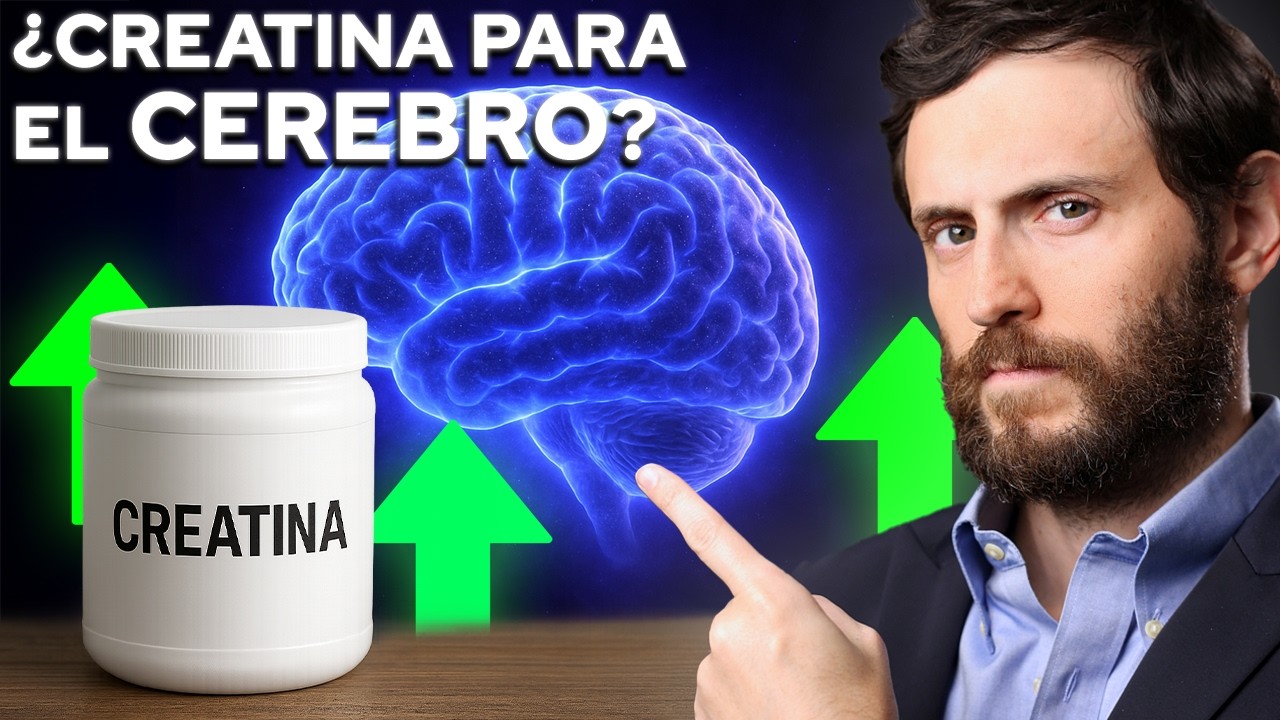AKTIVITAS FISIK DALAM PENCEGAHAN PENYAKIT - Materi Pembelajaran PJOK Kelas 9
Summary
TLDRThis video explores the importance of physical activity in preventing diseases, specifically focusing on its role in promoting overall health. The lesson covers the definition of physical activity, its benefits—including the reduction of risks for heart disease, cancer, and diabetes—and the three main types of exercise: endurance, flexibility, and strength. Additionally, it discusses factors influencing physical activity such as age, gender, diet, and health conditions. The script emphasizes how regular physical activity not only prevents chronic diseases but also supports mental health and well-being, making it crucial for a healthy lifestyle.
Takeaways
- 😀 Physical activity is any movement that results in energy expenditure and involves skeletal muscles, including daily tasks, leisure activities, and work.
- 😀 Regular physical activity has a wide range of health benefits, including reducing the risk of chronic diseases like heart disease, stroke, diabetes, and cancer.
- 😀 The three main types of physical activity are endurance (cardiovascular), flexibility (mobility), and strength (resistance), each targeting different aspects of health.
- 😀 Endurance activities such as walking, jogging, swimming, and cycling improve heart and lung health, and enhance overall stamina.
- 😀 Flexibility exercises like yoga and stretching help maintain joint mobility and muscle flexibility, reducing the risk of injury.
- 😀 Strength training activities like weightlifting and push-ups help build muscle, strengthen bones, and prevent conditions like osteoporosis.
- 😀 Regular physical activity aids in controlling weight, boosting energy levels, and enhancing mental health by reducing stress and improving mood.
- 😀 Physical activity should be categorized based on intensity: light, moderate, and vigorous, with different health benefits linked to each level of exertion.
- 😀 Factors affecting physical activity include age, gender, diet, and existing health conditions. Younger individuals generally have more capacity for physical activity, while older adults may need to adjust intensity.
- 😀 A regular exercise routine, even with light physical activity, can significantly reduce the risk of premature death, heart disease, and other chronic conditions.
- 😀 Health benefits of physical activity extend to mental health by reducing symptoms of depression, anxiety, and stress, while boosting overall well-being and self-esteem.
Q & A
What is the definition of physical activity according to the transcript?
-Physical activity is defined as any movement of the body that is produced by skeletal muscles and results in energy expenditure. It includes work, leisure time activities, and daily tasks.
Why is physical inactivity considered a risk factor for chronic diseases?
-According to the World Health Organization (WHO), physical inactivity is an independent risk factor for chronic diseases and is linked to a higher global mortality rate.
What are the three types of physical activity mentioned in the script?
-The three types of physical activity are endurance (for stamina), flexibility (for movement range), and strength (for muscle power).
What are some examples of activities for improving endurance?
-Examples include walking, jogging, swimming, tennis, gardening, and doing regular chores in the garden.
What role does flexibility play in physical health?
-Flexibility exercises help keep muscles and joints flexible, improving movement ease and reducing the risk of injury. Activities like stretching, Tai Chi, and Yoga are recommended.
How does strength-building physical activity benefit health?
-Strength exercises improve muscle function, bone health, and help prevent diseases like osteoporosis. Activities like push-ups, weightlifting, and climbing stairs are good examples.
What are the calories burned during daily physical activities like gardening or ironing?
-Gardening burns about 5.6 kcal per minute, ironing burns 4.2 kcal per minute, and sweeping the house burns approximately 3.9 kcal per minute.
What are the three levels of physical activity intensity described in the script?
-The three levels are light activity (e.g., sweeping, washing dishes), moderate activity (e.g., jogging, swimming), and heavy activity (e.g., playing soccer, aerobics).
What factors influence an individual's ability to engage in physical activity?
-Factors include age (physical capacity decreases after 25-30 years), gender (males generally engage in more physical activity post-puberty), diet, and health conditions like obesity or anemia.
How does physical activity contribute to disease prevention?
-Physical activity reduces the risk of premature death, heart disease, stroke, diabetes, and certain cancers. It also enhances mental health and supports weight management.
Outlines

Этот раздел доступен только подписчикам платных тарифов. Пожалуйста, перейдите на платный тариф для доступа.
Перейти на платный тарифMindmap

Этот раздел доступен только подписчикам платных тарифов. Пожалуйста, перейдите на платный тариф для доступа.
Перейти на платный тарифKeywords

Этот раздел доступен только подписчикам платных тарифов. Пожалуйста, перейдите на платный тариф для доступа.
Перейти на платный тарифHighlights

Этот раздел доступен только подписчикам платных тарифов. Пожалуйста, перейдите на платный тариф для доступа.
Перейти на платный тарифTranscripts

Этот раздел доступен только подписчикам платных тарифов. Пожалуйста, перейдите на платный тариф для доступа.
Перейти на платный тарифПосмотреть больше похожих видео
5.0 / 5 (0 votes)






